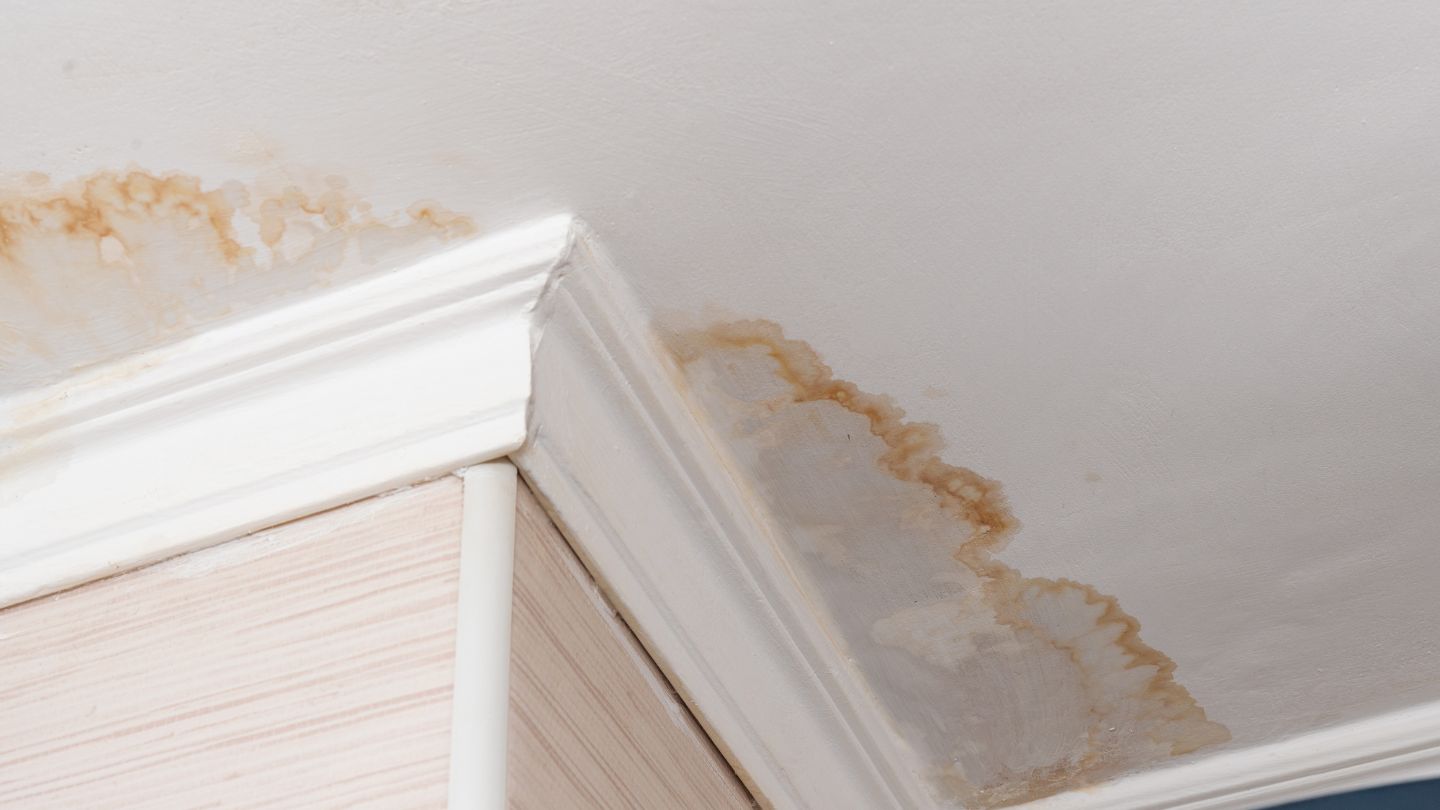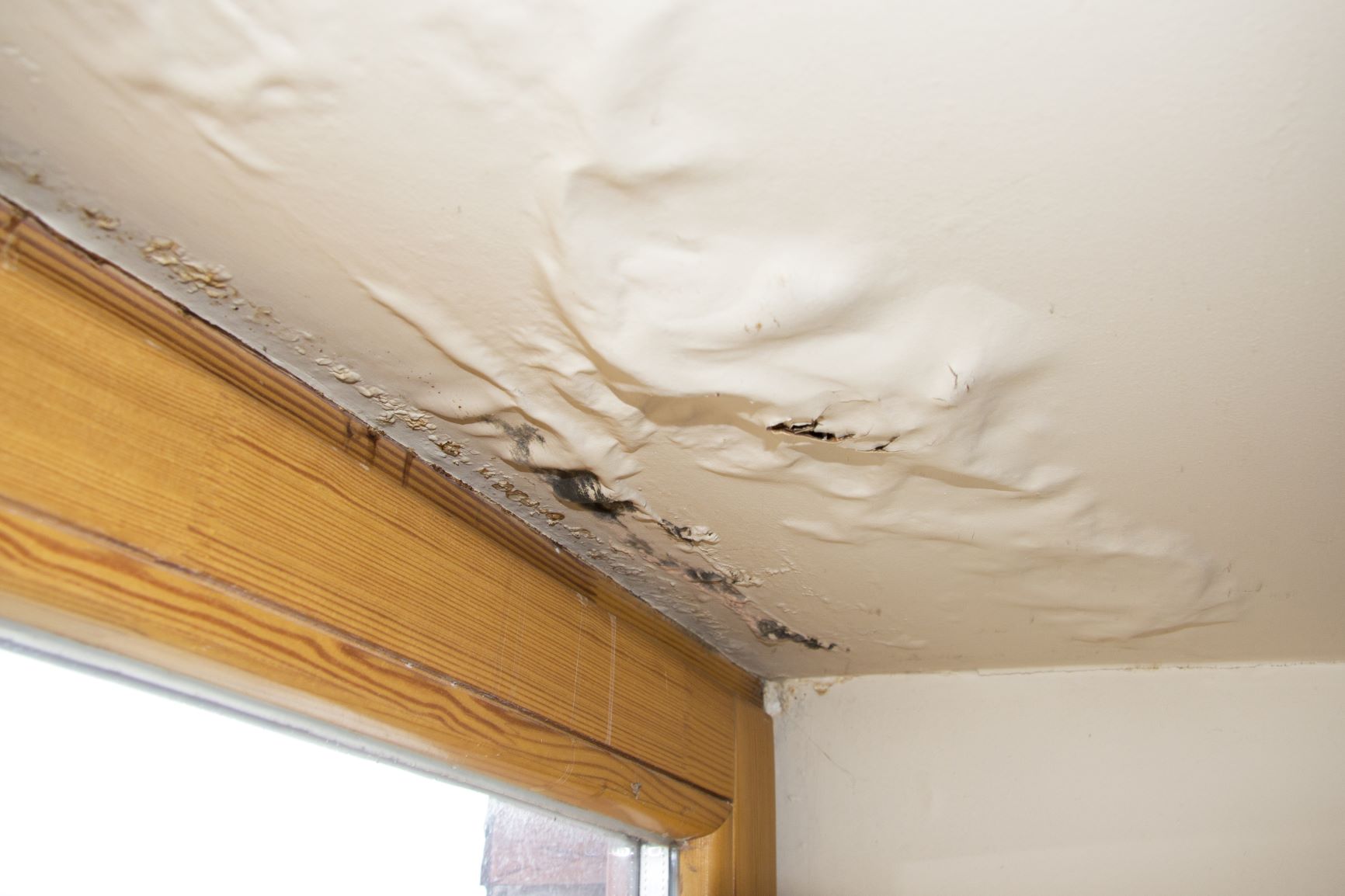Cost-Effective Damage Restoration Services to Handle Severe Water Issues
The Refine of Water Damage Cleanup: Ensuring Your Home Is Restored Efficiently
Water damage can be a difficult difficulty for house owners, requiring a careful and structured cleaning process to bring back safety and security and capability. damage restoration services. Following this, reliable water extraction methods play a crucial role in alleviating more harm.
Analyzing the Damage
Upon finding water damage, the primary step is to thoroughly evaluate the extent of the influence. This initial examination is crucial, as it assists identify the essential actions for efficient cleaning and restoration. Begin by examining the impacted locations, consisting of walls, ceilings, floorings, and personal valuables, to determine the resource of the water invasion, whether from flooding, leakages, or condensation.
Documenting the damages is essential for both insurance coverage cases and preparing reconstruction initiatives - damage restoration services. Usage pictures and created notes to catch the extent of the damages, keeping in mind any affected structural components and materials. Pay special interest to locations that might not be promptly noticeable, such as behind walls and under carpetings, as hidden wetness can cause more complications, including mold development
In addition, analyze the timeline of the water direct exposure. The longer the products stay damp, the higher the capacity for damage. Understanding the duration of direct exposure will inform the urgency of remediation efforts. Ultimately, an extensive assessment lays the foundation for an effective water damage cleanup procedure, making certain that all affected areas are addressed successfully and extensively.
Water Extraction Techniques

Professionals generally utilize completely submersible pumps for larger quantities of water, which can quickly ease flooding in basements or other impacted locations. For smaller sized quantities, wet/dry vacuums are usually used to draw out recurring dampness from carpets and hard surfaces. Furthermore, making use of portable extractors allows for targeted elimination in constrained spaces or locations with delicate products.
In circumstances of polluted water, such as sewage or floodwater, advanced extraction strategies might involve making use of biohazard devices to make certain safety and compliance with health and wellness laws. High-powered removal devices are essential in decreasing water retention in architectural products, which can result in mold development and architectural deterioration if not dealt with immediately.
Eventually, the performance of water removal methods plays an essential function in the general success of the water damage clean-up process, preparing for subsequent remediation initiatives.
Drying and Dehumidification
When standing water has actually been effectively extracted, the following critical stage in the water damage clean-up process is drying and dehumidification. This action is important to stop additional damage and mold and mildew development, which can take place within 24 to two days in damp environments.
To accomplish efficient drying, specialized tools such as industrial-grade air moving companies and dehumidifiers is utilized. Air moving companies flow air throughout wet surfaces, enhancing dissipation rates, while dehumidifiers reduce moisture levels airborne, promoting a conducive setting for drying. The mix of these devices guarantees that moisture is attracted out from furnishings, wall surfaces, and floors, allowing them to completely dry thoroughly.
It is very important to monitor the drying out process carefully. Professionals often utilize wetness meters to examine the moisture web content in various products, guaranteeing that all affected locations get to acceptable dryness degrees. This thorough strategy helps to avoid covert moisture pockets that could cause structural damage or harmful mold growth.

Cleansing and Sanitizing
After the drying and dehumidification phase is total, the following essential action in water damage cleanup is cleaning up and sterilizing the impacted areas. This procedure is critical to avoid the growth of mold, germs, and various other virus that grow in damp environments.
The cleaning phase normally entails getting rid of any debris, dust, and impurities from surfaces making use of specialized cleaning up representatives. For hard surfaces, a combination of soap and water or commercial cleaning products is frequently employed. Soft materials, such as furniture and carpetings, might call for extra extensive cleansing methods, including steam cleaning or deep extraction techniques, to guarantee extensive cleanliness.

Disinfecting adheres to cleansing, using EPA-approved disinfectants to eliminate harmful microbes. This step is important, particularly in locations that may have entered into call with floodwaters or sewage, as these sources can posture severe health threats.
Furthermore, it is essential to address any kind of staying odors, which may require making use of odor neutralizers or innovative strategies like ozone therapy. Appropriate cleansing and sterilizing not just bring back the safety and security and health of your home yet likewise view it lay the groundwork for successful restoration and repairs in subsequent phases of the water damage cleaning process.
Reconstruction and Repair Work

Once the assessment is complete, remediation efforts can begin. Additionally, floor covering may require similar attention, depending on the degree of water direct exposure.
It is crucial to engage skilled remediation professionals during this procedure, as they have the knowledge to deal with complex repairs effectively. Furthermore, they can aid minimize prospective future issues, such as mold growth or structural instability, thus ensuring a habitable and safe living environment. Inevitably, effective reconstruction and repair services restore the home's honesty and improve its general worth.
Final Thought
Finally, the procedure of water damage cleaning is essential for bring back a home to its pre-damage problem. Each phase, from assessing the damages to implementing efficient water removal strategies, adhered to by complete drying, disinfecting, and necessary fixings, plays a vital role in guaranteeing security and conformity with structure criteria. Effective implementation of these actions not only alleviates instant damage however also improves the lasting integrity and value of the home.
Water damages can be a challenging challenge for house owners, demanding a organized and thorough cleaning procedure to recover safety and security and capability. Inevitably, a thorough analysis lays the foundation for an effective water damages clean-up process, guaranteeing that all influenced areas are resolved properly and completely.
Effective water removal techniques are important in reducing damage and preventing further difficulties adhering to a water invasion event.In conclusion, the procedure of water damage cleanup is critical for recovering a home to its pre-damage problem. Each phase, from assessing the damages to carrying out effective water removal methods, followed by comprehensive drying out, sterilizing, and required repairs, plays an essential duty in making sure safety and conformity with building criteria.